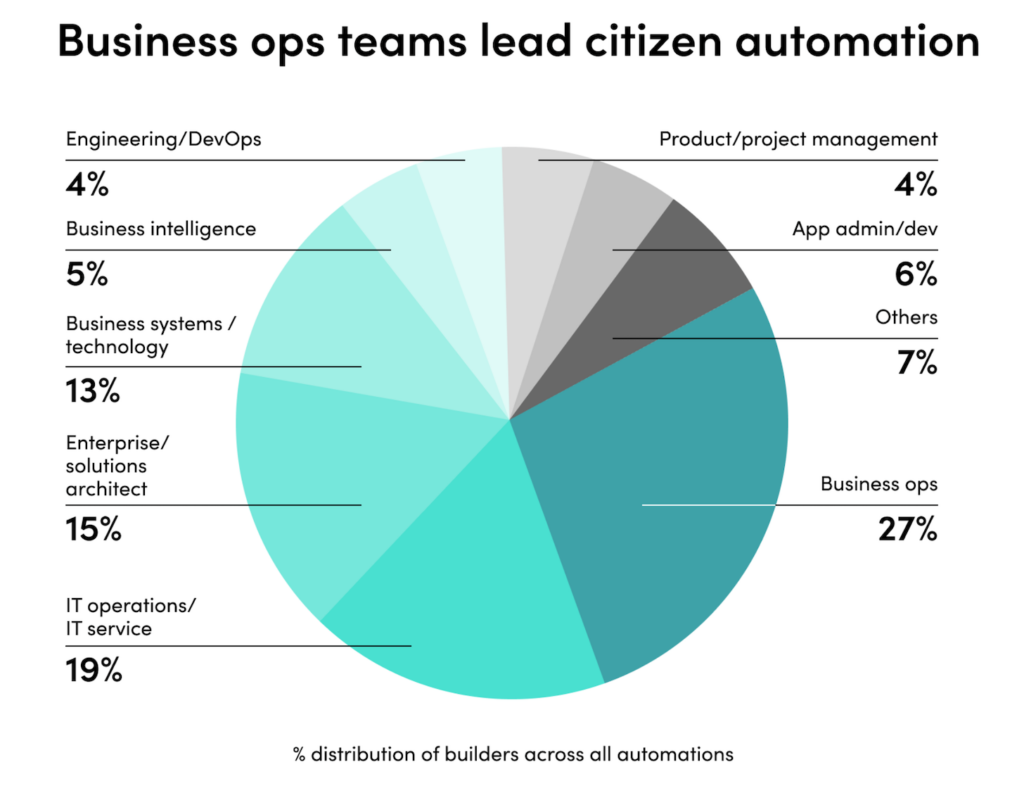Aaron Levie, the CEO of co-founder of Box.net — and a self-acknowledged purveyor of “shadow IT” — wrote a terrific post for the Fortune Tech blog on CNNMoney.com today: To save the IT department, blow up the IT department.
On a daily basis, a select group of individuals are making technology decisions on behalf of their entire organization. They’re implementing services to solve real business problems, sometimes under the guidance of their IT department, but most often on their own. For the first time, the power of technology decision-making is in the hands of those who will be using the solutions deployed. These are the managers, project leaders and knowledge workers responsible for getting work done — not just the IT administrators managing implementation or the executives writing the checks.
One of the tenets of Aaron’s article is that the adoption of technology is now often different from the buying of technology. Before, those used to be linked together under the complete control of the CIO. In the previous era, adoption often “happened grudgingly, after technology had already been forced on employees from the top-down.”
No longer.
When end user adoption precedes buying, it happens with purpose and even excitement. Users now have a much greater say in what technology they use, so much so that’s massively disruptive to the organization itself. There’s simply no way that IT administrators can get their proverbial arms around all the tools and services that individuals are bringing into the enterprise.
Aaron points out that IT and users often have opposing goals (I’ve made a similar argument in my post on why marketing and IT are diametrically opposed). He lists IT’s goals as:
- implement the fewest solutions to solve the greatest number of problems
- maintain complete control over technology and information
- answer to expectations around cost and risk
- deploy proven solutions
In contrast, users have goals such as:
- use best-of-breed technology to solve problems
- gain complete mobility and flexibility
- answer to the productivity expectations of their manager(s)
- move quickly by using the fastest, most intuitive new tools
“Although contradictory,” writes Aaron, “both sets of goals make perfect sense. IT should be responsible for information security. Knowledge workers must be asked to move quickly and stay productive. So how do we reconcile these seemingly disparate by equally valid needs?”
Part of his answer is that “the cloud changes everything.”
By democratizing adoption, the cloud changes everything about enterprise IT. It’s now the sales manager that implements Salesforce.com for her team. It’s the developer that brings Amazon S3 into his toolkit. It’s the support representative that selects Zendesk as the simplest solution for her customer service team.
“With enterprise software finally starting to focus on the individual, and not just the IT buyer, we’re seeing dramatic changes in business productivity, speed of execution, and overall sentiment towards technology,” writes Aaron. “People are able to work much more quickly, access more information than ever before, and make decision in real-time that are backed by data — all leading to a more open, connected and collaborative work environment.”
He goes further though, claiming, “With the right solutions, even the IT professionals are happy — they’re finally able to get ahead of the game instead of always having to fight fires, solve problems, and answer to unhappy users.”
Definitely take time to read the entire article.
Thanks to marketing technologist Jay O’Hare for alerting me to this — great read!




Excellent post! Our CEO echoed something similar in one of his predictions for 2011:
“In 2011, the chasm between IT and marketing departments will grow even larger, as savvy marketers embrace external support solutions in droves — experimenting with faster, more robust, and more empowering tools/services than most IT teams could ever hope to deliver or support (they can’t, of course, because their dev queues are too long and they don’t have the budget, talent, nor strategic vision to match what the ‘IT department of the web’ can offer).”
http://www.acquisitionengine.com/digital-marketing-trends-2011/
This is an excellent article and I will be sharing it.
Somewhat on-topic… here’s a view from the IT networking trenches regarding those elusive business skills that tech experts are also supposed to have. I came from the same tech engineering world and #5 still echoes loud and long in my ears!
http://networktherapy.wordpress.com/2010/12/08/the-myths-of-it-part-2/
The ‘cloud’ may indeed be the panacea that lets business users and IT managers (embedded within business units or still holed up within the Corp IT bunker) perform their respective functions but there will still be grunts on the ground making it happen and patching it up.
So, even though that “IT department of the Web” (thanks ‘heardable’!) is a very appealing proposition to the non-IT C-Level execs for the head count reductions and expenses it eliminates, I wonder what additional business risks will be introduced. And will these be acceptable to the people charged with keeping the business both safe and profitable.